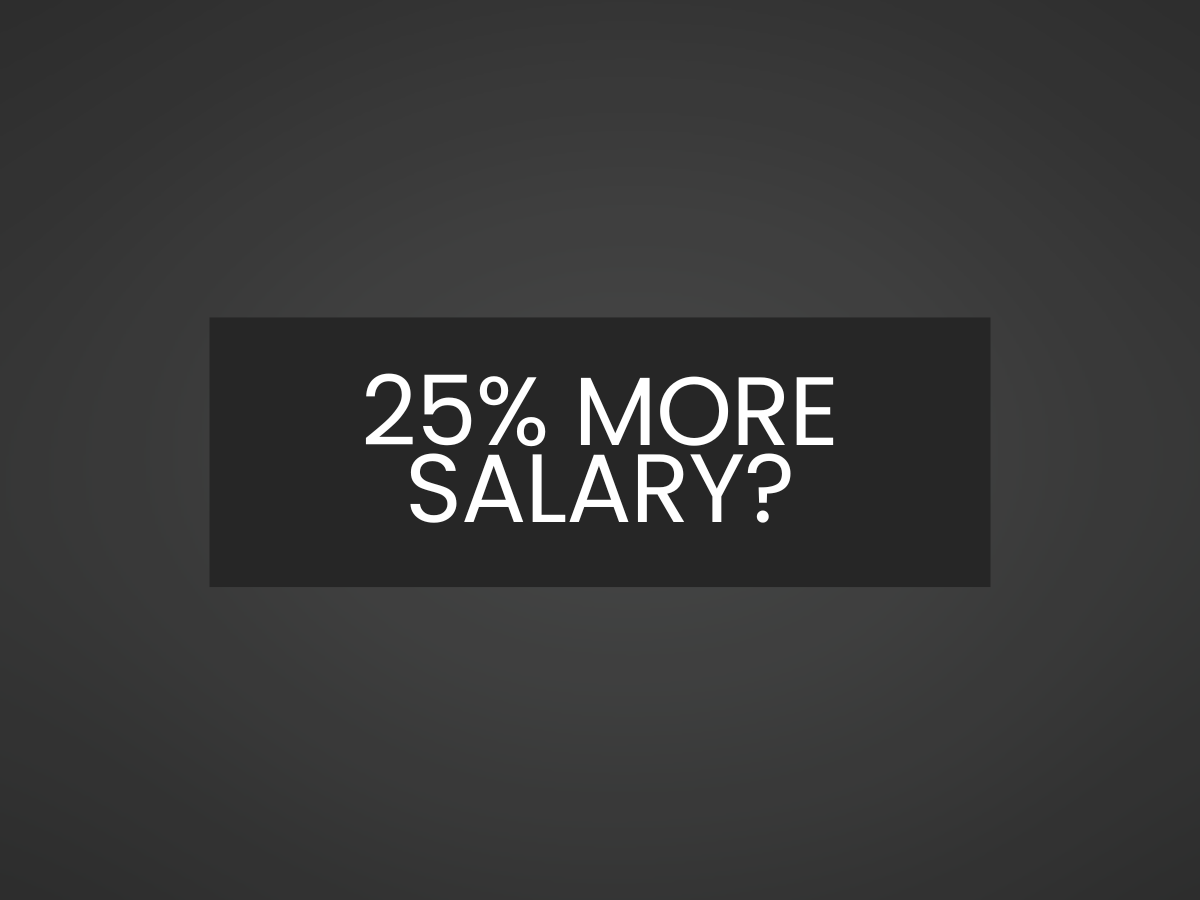
 Read More
Read More


Really?
Well, not really.
Let’s examine the subject of statistics as well as some typical ‘claims.’
You’ve heard the famous quotation, ‘Lies, damned lies and statistics.’ But can statistics really sway intelligent people?
Well, yes.
Very much so.
For example…
This article includes pointers on spotting company statistical manipulation.
https://www.linkedin.com/pulse/defend-yourself-outsmarting-statistical-manipulation-debasis-mohanty-gcq9c/
This LinkedIn article describes how companies manipulate statistics to misinterpret the truth.
https://www.linkedin.com/pulse/art-deception-how-companies-manipulate-statistics-truth-beardshall/
This Forbes article highlights how marketers commonly manipulate statistics.
https://www.forbes.com/sites/ronshevlin/2020/05/21/quantipulation-how-marketers-twist-and-manipulate-statistics/
Statistical manipulation is both well known and commonplace.
If anything, the CV sector is open to more statistical misuse than other sectors. And some CV companies use statistics to help them sway customers.
Common ploys include some of the tactics mentioned in the above articles such as hidden small print, questionable base rates, cherry-picking survey respondents and data, correlation presented as causation, unverified metrics, lack of proper comparison, self-reported data and more.
Why?
Well, because it brings in more customers - customers that they wouldn’t have if it was a level playing field and customers chose on honesty and real expertise and quality rather than some seemingly impressive digits.
Very easily it seems, and especially since statistics are often in-house, self-reported and (conveniently) unverifiable.
At the same time, another key factor is at play in the CV sector. Everyone thinks that they know what makes for a good CV. However, there are far more considerations than most people (and even most executives) realise, and many seriously overestimate the real value of typical professional CVs.
Click to discover more.
Going back to the above articles, one elaborates on questionable base rates. Questionable base rates applies to statistics, but it can also apply to people assessing their CV too.
For example, if you give a dated, standard CV to a firm who then makes it prettier and updates it with your latest roles and achievements, then most people (including many intelligent executives) would think that’s great, and as good as it gets.
Is it?
No. Not by a long chalk!
This page helps explain why.
We’ll explore some common cases where statistics are employed in the CV sector below.
Think a CV can land you 2, 3, 4 or 5 x more interviews for your target jobs?
Well, a genuine top-quality one can (and frequently does) improve your odds of interviews. However, we regularly improve the CVs of firms who make such claims, and judging by the amount of improvements we make, it’s hard to see how the CVs of many self-styled top firms can guarantee you any interview, let alone 3, 4 or 5 times more interviews.
Please click to discover more about guaranteed interviews.
Some firms also spout statistics relating to income rises.
And if you knew that a firm’s CV would get you e.g., a 25% pay rise then you’d rush to get one. Plenty do. Including some intelligent executives.
But think about it logically.
While most incomes do tend to rise over time, does 25% on average sound feasible to you?
Most people don’t even apply for jobs with 25% higher salaries than their current job – let alone land them.
Before diving in and handing over your cash, it could be worth considering some of the points raised in the above LinkedIn article on spotting company statistical manipulation, such as scrutinising percentages, correlation versus causation, selective surveys, and lack of comparison details etc.
In our experience…
We regularly help high-earning clients. Six or seven figures isn’t unusual.
Not only that, but we also regularly help clients into jobs that pay more.
Even so, 25% is quite a jump and not everyone moves jobs for higher pay. Indeed, some clients actually take pay cuts if it means finding a job that better meets their needs and lifestyle choices (such as nearer to home, more free time, flexible working, better perks etc).
Certainly, numerous clients have told us that we’ve helped them land handsome pay hikes, but again, it’s not the kind of question we would want to impose upon them, and most clients probably wouldn’t tell us if we asked. And rightly so. It’s none of our business. Indeed, it’s not anyone else’s business either.
Statistical manipulation of 40%, 50%, 60% etc discounts is also commonplace. The LinkedIn article on company statistical manipulation that is listed above elaborates on selective discounts and inflated original pricing, but some firms go further still by having a virtually permanent discount sale, often at the same rates, and sometimes with a countdown that regularly resets rather than expires.
Most discerning executives are fully aware of this kind of marketing ploy.
Some firms give statistics suggesting that if you buy one of their CVs you’ll get more job offers and more quickly. Potentially 2, 3, 4 or 5 times as quickly depending on which statistics you believe.
But think about it.
3 x faster compared to what?
A DIY CV?
A typical professional CV?
It certainly can’t be one of ours, as we guarantee to improve any professional CV (including those of self-styled top firms).
How would they even phrase that question on a survey?
Perhaps something along the lines of…
… remember 10 years ago when you got your previous job, how long did it take to get it?
Can a CV even guarantee you your target job anyway? (let alone 3 x faster than some unspecified base rate and against some unspecified CV). Discover more on this in this article
Notably, what job are they talking about? Top executive jobs? Or do the statistics relate mainly to the likes of student jobs etc?
And is it a job the candidate actually wanted? Or one they had to take as a stopgap because they missed out on their ideal job?
Furthermore, just because two things (purportedly) happen together, it does not mean that one caused the other. As mentioned in the above LinkedIn/Forbes articles, it can pay to be wary of any correlation presented as causation.
Here are the facts pertaining to jobs and speed in our long experience:
That’s the case for many executives. Students and those further down the career likely have more time to respond to surveys. If that’s the case then any resultant statistics would likely be more representative of e.g. students than executives.
Naturally, it’s up to you if you allow statistics to affect your decision making.
All we’ll say on the matter is that the best companies don’t resort to such things, and those that do resort to statistics usually don’t back them up with money back guarantees – let alone proper base rates and verifiable metrics.
Another consideration is that if a firm proves less than honest and reliable in one respect, then what does that say about their other claims too?
All we can do is be honest and point out facts, discrepancies and observations. If at the very least this article has provided some food for thought then that’s a positive because a surprising number of people don’t even consider things like statistical manipulation.
The fact that you have read all the way down to the bottom of this article suggests that you are more discerning than most.
You may find some of our other articles helpful if you’d like to discover more about executive CVs, improving your odds, and the CV sector.
If you’d like more information about us, or help with your CV then please click on the relevant button below